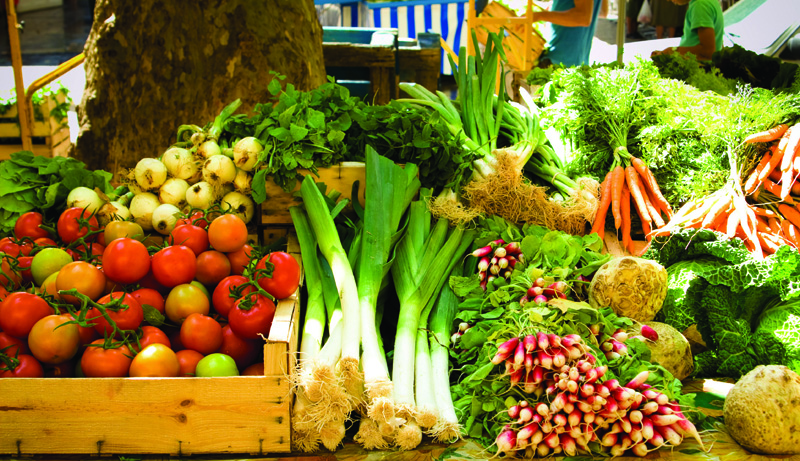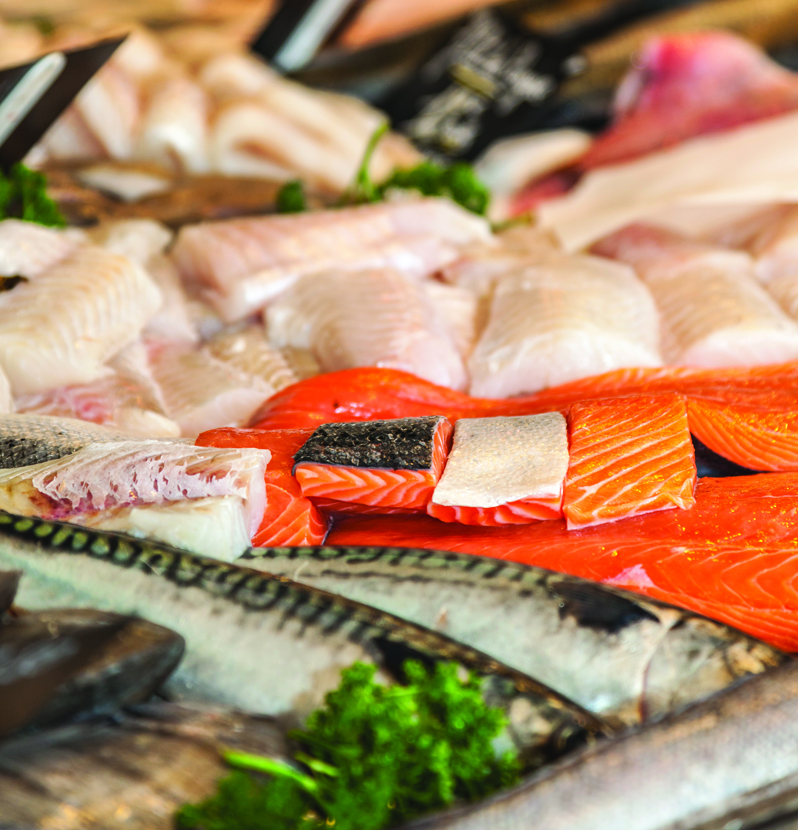Scientific director of Ugg Foods, evolutionary anthropologist, author and public speaker Geoff James Bond lends his wealth of experience to give his opinion on the benefits and myths about living the Paleo way…
We know that if you put a cat, a canary and bird seed in a cage, the cat eats the canary and not the bird seed. Each kind of creature has a food intake that is right for them – so what is the right one for humans? In recent years, it dawned on us that some foods were making us sick – we even branded them ‘junk’ foods. So how do we know what foods we are meant to eat?
The big breakthrough came with the study of genetics. It was only in the late 1980’s that we learned that everyone on the planet is descended from a small group of people who lived in the savannas of east Africa just 2,000 generations ago – some 60,000 years. Moreover, we still have the same bodies, the same biochemistry, the same digestive system, even the same mentality for life as back then.
Those few of us working in the field then set to work to reconstruct what this lifestyle was and, in particular, the kind of food supply to which they (and we) are adapted. We started publishing the first guidelines in the late 1990’s. They were given various names but, around seven years ago, one of them became predominant – ‘Paleo’. This refers to the ‘Paleolithic Age’ or ‘Old Stone Age’. This was the period of some 2.5 million years during which human beings evolved in Africa – the crucible which forged the people we are today.
The benefits of adopting this way of eating are immediate: at last the body can rejoice in being nourished the way it recognises. It is like putting the right fuel in the tank – the engine runs sweetly – not choking and spluttering, misfiring and selfdestructing. All this fits with what we know medically. Many of the widespread diseases today are diseases of ‘lifestyle’ – they are due to the ‘mismatch’ between the lives we lead today and the life that our ancestral past designed for us.
So what are the main features of this ancient diet?
About a quarter (by weight) was ‘animal matter’ and three-quarters was plant food. This ratio is quite important and, moreover, the plant food was of a particular kind.
Low glycaemic
That means it doesn’t give bad spikes of blood sugar. But today we do the opposite: our bodies constantly have to cope with a giddying roller coaster of careering blood sugar levels.
Rich in micro-nutrients
These are not only the vitamins and minerals we know so much about, but also the tens of thousands of flavonoids, terpenes, carotenes and many, many more. Today we are starved of micronutrients – not because the soils are depleted, but because we are eating plant food that is, by its nature, empty of micronutrients.
Rich in fibre
These are not only the soluble and insoluble fibres we know about, but also downright indigestible ones.
Low in plant poisons
As plant predators, humans developed defences against the plant poisons present in the ancestral diet but we are vulnerable to the plant poisons in some of the new plants we eat.
Low in fat
The Paleolithic environment was a moderately low fat one – but the important point is that our bodies rely on some of them being there or we sicken and die. They are essential fatty acids. There are only two February of them: omega 6 and omega 3 and they were present in about equal proportions. The body makes powerful hormones from them and if, like we do today, we overbalance the see-saw, our biochemistry is severely undermined.
So what went wrong?
The big disaster occurred with the development of farming just 350 generations ago. That is when new food groups entered the diet:
Grains
Wheat, oats, rye, barley, rice and maize (corn). And that means breakfast cereals, pastas, traditional breads, cakes and so forth. They are glycaemic, micronutrient poor, and loaded with plant poisons (like gluten) that our bodies don’t know how to handle.
The potato
It is glycaemic, micronutrient poor, and loaded with plant poisons.
Sugar
It is glycaemic and micronutrient poor.
Dairy
A powerful provoker of inflammation and in this regard it is potentially a factor in cancers, heart disease, diabetes. It is also allergenic and a powerful cholesterol raiser.
Red meats
Mainly pork but also beef and lamb. These creatures – domesticated from wild ones – contain fats which our bodies do not recognise. This is partly to do with the way they are bred and also to do with the way they are fed. In addition, they contain a substance known as a ‘glycan’ (called Neu5Gc) which promotes inflammation, a factor thought to provoke cancers, arteriosclerosis, diabetes II and more.
Bulk vegetable oils
Notably the ones which are overloading our diet with omega 6 fatty acids. The main culprits are oils of sunflower, corn (maize), peanut and safflower.
Beans
Lentils and garbanzo beans were the first, but the biggest mischief today comes from one that, just in living memory, has become all pervasive – the soybean. Beans in general contain many plant poisons, only some of which are deactivated by boiling. The soybean contains some 16 allergens of which at least three are considered ‘major’.
So what is left?
Salads (e.g. lettuce, tomato, mushrooms, cucumber, radish)
Low sugar fruits (e.g. strawberry, blackberry, bilberry, grapefruit)
Low starch vegetables (e.g. pretty much everything except potato).
Tree nuts (e.g. almonds, walnuts, cashew nuts).
Seafood – but focus on the oily fish (e.g. salmon, herring, sardine, mackerel).
Most poultry (e.g. free-range organic chicken and turkey, duck, goose, quail – but avoid battery chicken/non free-range).
Most exotic meats (e.g. venison, kangaroo, bison, ostrich).
Conforming oils (e.g. rapeseed oil, olive oil). Remember that the volume of plant food should be three times the volume of high protein food!
Paleo Myths
Almost as soon as the principle of ‘Paleo’ became established, some people got hold of the wrong end of the stick.
‘High volume meat-eating’ myth
Foragers did not eat huge amounts of meat and it would be bad for us too. On average they would eat around ½lb to 1lb of ‘animal matter’ per day.
‘Red meat is good’ myth
Almost certainly the ancestors of pigs (wild boar), cows (aurochs) and lamb (mouflon) would have been Paleo conforming. But, as we have seen, today their fats and other substances are foreign to our bodies and are unhealthy. However, clever ranchers are a) breeding these animals back to their ancestral forms and, b) feeding them right – in which case we can look forward to these meats becoming conforming again.
‘But we live longer than foragers’ myth
People mouth this platitude as though there were no old people in a forager band. This is quite untrue. Indeed we know that old people (the grandparent generation) were essential to the survival of the human species. After all, our genome is the same as theirs so, genetically, we can live just as long as they did too. Moreover we can live in good shape right to the end – just like they did!
‘Paleo is a fad diet’ myth
Paleo is not a ‘fad’ and it is not a ‘diet’! Quite simply it is a way of life – living in harmony with the way nature intended.
It is no coincidence that eating in accordance with the Paleo precepts also dovetails perfectly with what we know works scientifically and medically. The benefits are enormous. Along with adopting Paleo practices concerning physical activity, sunshine, sleeping patterns and stress management, this way of life could make the scary killer diseases of today – the cancers, heart disease, obesity, diabetes, osteoporosis, Alzheimer’s, arthritis and many more – just a distant memory. The good news is: no one can stop you – you can take control and do it for yourself!
Try it for just 10 days and see for yourself how great you start to feel!
For more about Geoff James Bond and his thoughts on paleo living visit uggfoods.com.



